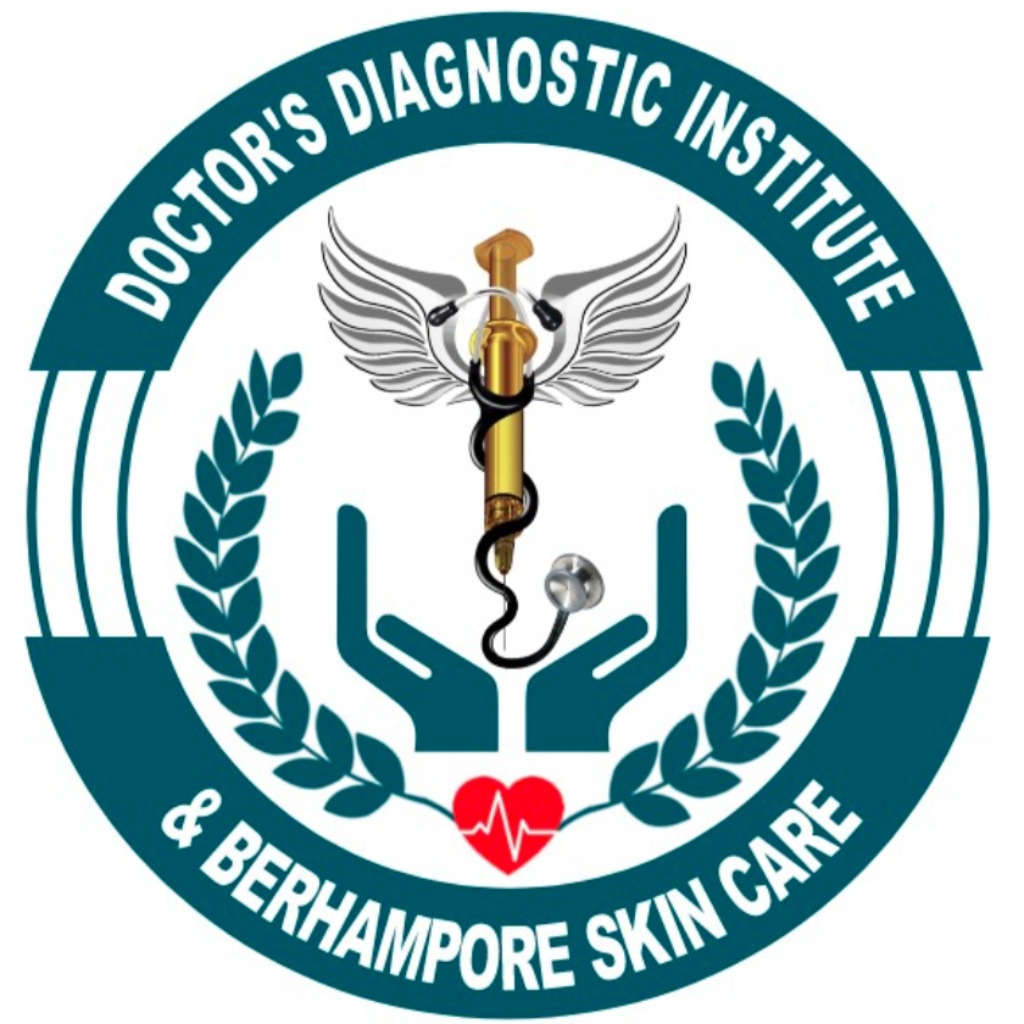What is bullous pemphigoid? It is a skin problem that usually happens to older people. This condition is known for causing big, itchy blisters filled with liquid. If these blisters are not treated quickly, they can cause discomfort. The good thing is, with the right care and attention, people can manage it better.
The Complex Nature and Causes of Bullous Pemphigoid
Bullous pemphigoid causes are related to issues with the immune system. Normally, the immune system protects the body from harmful invaders. But in this condition, it mistakenly attacks the skin. Specifically, it targets a part called the basement membrane, which is like a glue holding the skin layers together. This attack leads to the skin forming layers and blisters.
Sometimes, the chances of getting bullous pemphigoid can be higher due to genes. If your family has a history of autoimmune diseases, you might be at higher risk. Besides genetics, certain environmental factors can trigger the condition. These might include:
- Exposure to certain medications
- Physical trauma
- Sunburn
Understanding these causes helps in the management of bullous pemphigoid. Reducing these environmental triggers may lower the risk of developing the condition. It’s always good to consult a doctor if you suspect any risk factors.
In straightforward words, it’s crucial to stay informed about these triggers and genetic tendencies. By doing so, we can control the factors within our reach, aiming for a more skin-friendly lifestyle.
Symptoms, Misdiagnosis Challenges, and Role of Dermatologists
Bullous pemphigoid symptoms can vary, but itching is a biggie. People often feel extremely itchy even before the blisters pop up. These blisters usually appear on the arms, legs, and lower abdomen. Sometimes they might even look like rashes or raised patches of skin.
But there’s a catch. These symptoms can sometimes look like other skin diseases. This makes bullous pemphigoid diagnosis a bit tricky. Often, it can get confused with other issues like eczema or hives. Many people face a delay in getting the right treatment because of initial wrong guesses about the condition.
It’s crucial for dermatologists to step in here. They use precise methods to figure out what’s happening with the skin. These steps might include:
- Skin biopsies to look closer inside the skin.
- Blood tests to check for strange antibodies.
- Reviewing medical history for patterns or triggers.
Accurate diagnosis is vital, as the right identification ensures the correct bullous pemphigoid treatment. Dermatologists play an essential role in guiding management of bullous pemphigoid to bring relief and help prevent further issues.
Without their expertise, the condition might get aggravated and cause unnecessary distress. So, visiting a skilled dermatologist is your best bet if you notice unusual changes in your skin.
Treatment Advances and Self-Care: Navigating Bullous Pemphigoid
Treating bullous pemphigoid often starts with medications. Steroid creams or pills can help reduce inflammation and calm the immune response. These drugs provide relief from both itching and blisters. However, it’s important to use them as directed, as they can have side effects.
Besides steroids, other treatments might also be considered. These include:
- Immunosuppressive drugs to lower the immune system’s attack.
- Antibiotics for any skin infections.
For severe cases, hospital care might be needed. Under professional supervision, doctors can provide intensive care.
Self-care is as important as medication. Simple steps can help manage the condition on a daily basis:
- Keep the affected areas clean and dry to avoid infections.
- Use mild soaps and moisturizers to soothe the skin.
- Avoid sun exposure which can make symptoms worse.
- Maintain a healthy diet to support skin health.
Remember, emotional well-being is also a crucial part of treatment. Coping with long-term conditions can be tough. Engaging in stress-relieving activities, staying connected with support groups, and seeking therapy can positively impact one’s mental health.
In conclusion, proper understanding of what is bullous pemphigoid ensures better handling in daily life. By knowing the causes, symptoms, and treatments, individuals can better manage their condition and maintain quality of life. With medical advances and supportive care, living with this condition becomes a more manageable journey.
Bullous pemphigoid is a rare autoimmune disorder that causes large, fluid-filled blisters on the skin. It typically affects older adults and can lead to significant discomfort, itching, and skin damage if not properly treated. Early diagnosis and treatment are essential to manage the condition and prevent complications.
At Doctors Diagnostic Institute, our expert dermatologists specialize in diagnosing and treating bullous pemphigoid with tailored care and effective therapies.
Consult Doctors Diagnostic Institute today to receive a thorough evaluation and personalized treatment plan to manage bullous pemphigoid and improve your quality of life.

